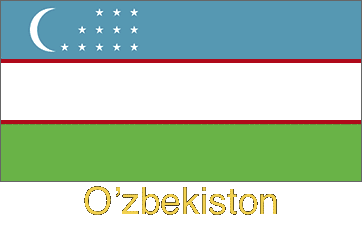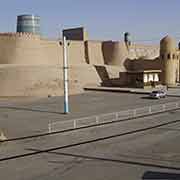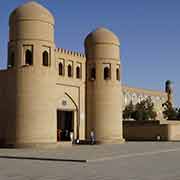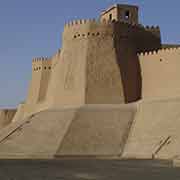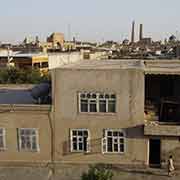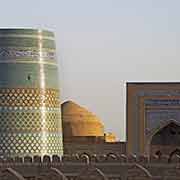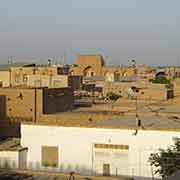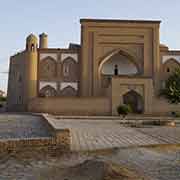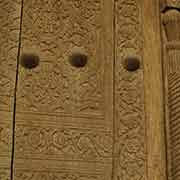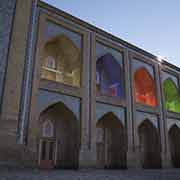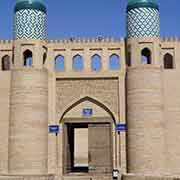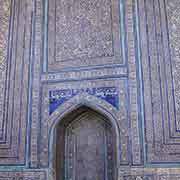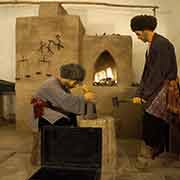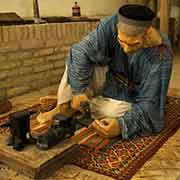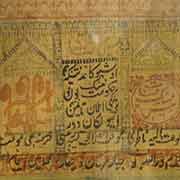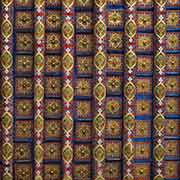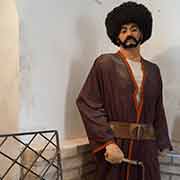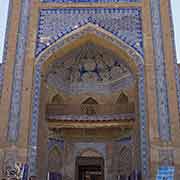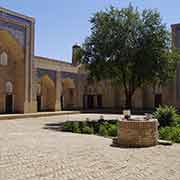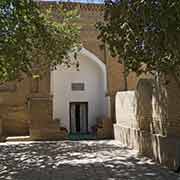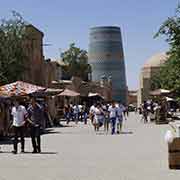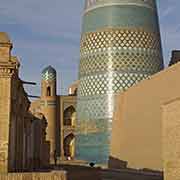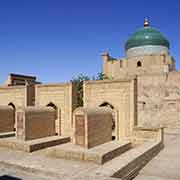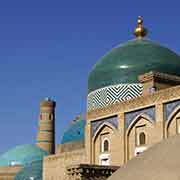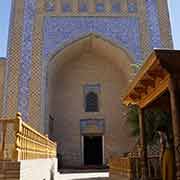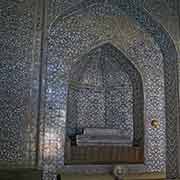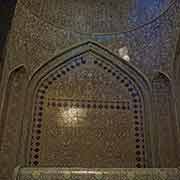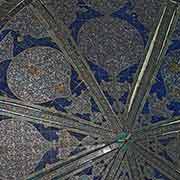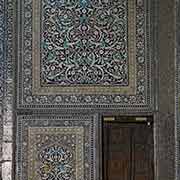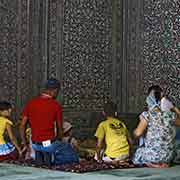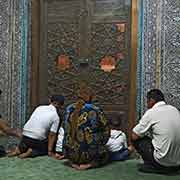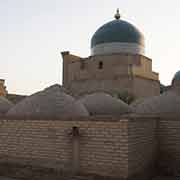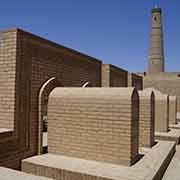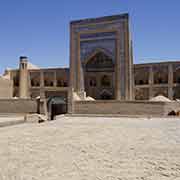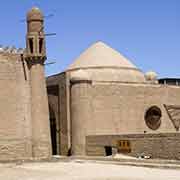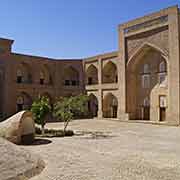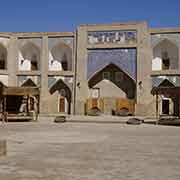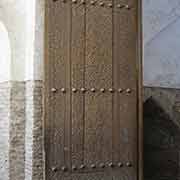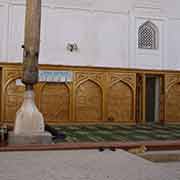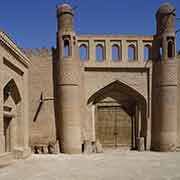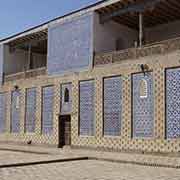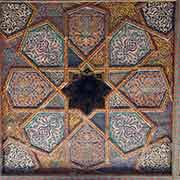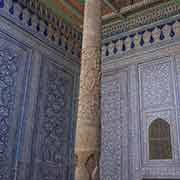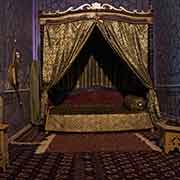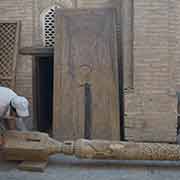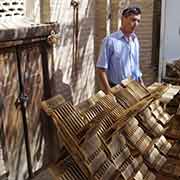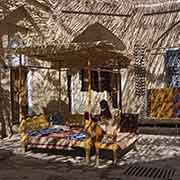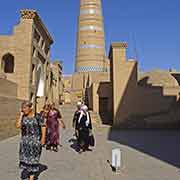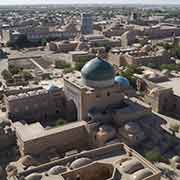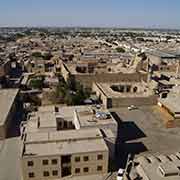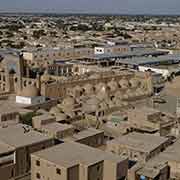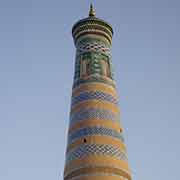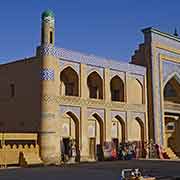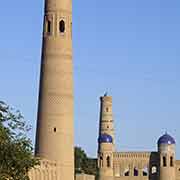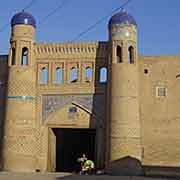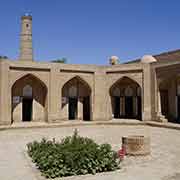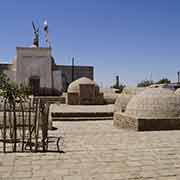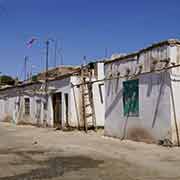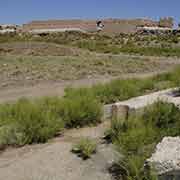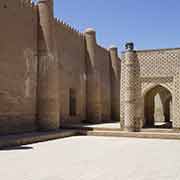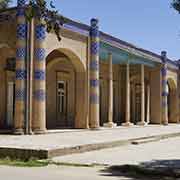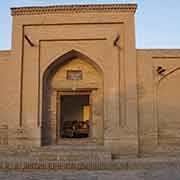Photos of Khiva, a former Khanate, Uzbekistan
Khiva, a former Khanate
Khiva (Xiva in present Uzbek spelling) is a city of approximately 50,000 people located in the ancient region of Khwarezm (Xorazm). Archeological data show that the city was established about 2,000 years ago. The inhabitants initially were from Iranian stock and spoke Khwarezmian, an Eastern Iranian language. In the 10th century CE the Iranian ruling class was replaced by Turks and the region gradually turned into an area with a majority of Turkic speakers.
you may then send it as a postcard if you wish.
In the early 17th century the capital of the Khanate of Khiva, that had existed in Khwarezm since 1511, moved from Konye-Urgench (now just south of the border in Turkmenistan) to Khiva. Uzbeks infiltrated this area and gradually their Turkic dialects evolved into the present Uzbek language, while the original Iranian Khwarezmian language died out. In the 18th and 19th centuries Imperial Russia started incursions into the state and in 1839 the Russians mounted an unsuccessful campaign to free of Russian slaves that were being held in Khiva. In 1873 the Russian General Konstantin Von Kaufmann launched a successful attack on Khiva and, on 12 August 1873, a peace treaty was signed that established Khiva as a quasi-independent Russian protectorate. On 2 February 1920 Khiva's last Khan, Sayid Abdullah, abdicated in response to popular pressure and on 20 October 1923 the short-lived Khorezm People's Soviet Republic (later the Khorezm SSR) was created, before it was finally incorporated into the Soviet Union in 1924, with the former Khanate of Khiva divided between the new Turkmen SSR and Uzbek SSR.
The city of Khiva consists of an outer town, Dishan Kala (Dishon Qala), that formerly was enclosed by a wall with 11 gates. The inner town, Ichan Kala (Ichon Qala), is encircled by brick walls, whose foundations date from the 10th century. Present-day crenellated walls encircling the inner city date back to the late 17th century and attain the height of 10 metres. There are more than 50 historical monuments in the inner town, wonderfully restored. The unfinished turquoise-tiled Kalta Minor Minaret stands next to the gate to the Madrasah of Mukhammad Amin-khan, the largest madrasah in Central Asia. and the Kuhna (Ko'hna) Ark, the Khiva rulers’ own fortress and residence.


